The Dark Arts of the RSPB
Or
I’m Proud to Be a Bumpkin.
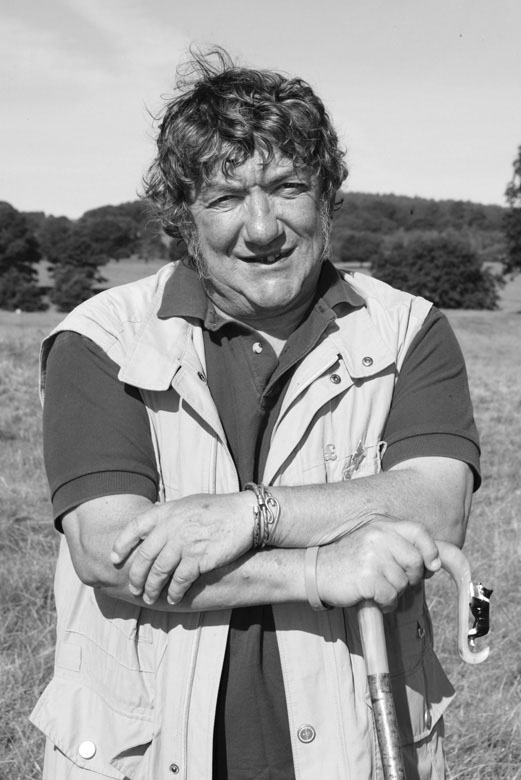
The other day a regular tweeter, specialising in abuse and misinformation called me a “bumpkin”. I was pleased about that, as I am proud of my roots and of the fact that one grandfather left school at twelve to become “a shepherd boy”. He left school “because they couldn’t teach him anything else”. I don’t know about my other grandfather – he died before I was born.
Of course if anybody finds the word “bumpkin” offensive then they can also call me a “a field naturalist”, because I have spent my whole life in one place, rather like

the wonderful writer and naturalist the Rev Gilbert White; an interesting man and also a shooting naturalist – there is a long list of those that includes Charles Darwin, W.H.Hudson, Richard Jefferies, and more recently

Sir Peter Scott. I do not shoot and never have, apart from the odd rat, rabbit and grey squirrel, but there are still some prominent naturalists who do shoot. I will not name them to spare them the inevitable abuse that would rain down on them from the ignorant and the intolerant.
In his excellent book “Cuckoo”, Professor Nick Davis writes:”Gilbert White spent some sixty years of his life in Selborne village (Hampshire). His letters demonstrate that a wonderful way to observe the changing natural world is indeed simply to stay in one place”. I agree – as I hope that my next book will demonstrate – that will be number thirty-two, I think, unless two others jump the queue.
The “bumpkin” compliment arrived on the same day that The Times carried a story ”RSPB sits on crimes for publicity” (March 29th 2018), which simply revealed what some of us have known for years. The RSPB started as a conservation organisation for birds which I joined when I was fourteen or fifteen. I am still a member but it seems to me that the charity has become a money making business, using phoney “science”, paying its top people well in excess of £100,000 a year and chasing publicity, donations and “research” grants with far more enthusiasm than it applies to finding actual conservation solutions.

It seems highly likely that a current case at the Preston Magistrates Court under Judge D.J.Goodwin and involving the RSPB could blow its reputation sky high in the very near future. Reporting restrictions have been imposed on this case. I wonder if it involves any illegal activities by the RSPB? As many people will know the RSPB is obsessed with “raptor crime” and “gamekeepers” and information seems to be manufactured and manipulated for maximum publicity, whether based on fact or fiction. Consequently assorted radio-tagged “raptors” from eagles to harriers disappear and it is immediately put out “that it was gamekeepers what done it”. Then a few months later the bird/s reappear with no comments or apologies.
A few years ago I visited the Forest of Bowland with members of the North West Raptor Group, including the great Terry Pickford.

Now for some reason the RSPB doesn’t seem to like the North West Raptor Group or Terry Pickford. After walking along a public footpath and watching peregrines from afar, training their fledged young to hunt using a dead pigeon, we were ambushed on our return to the cars by the police and the RSPB. Cars were searched; we were accused of disturbing a protected bird – on a public footpath? We were lined up for names and addresses – “I am Robin Page” – “Why are you here?” – “I’m a journalist and am here with The North West Raptor Group for The Daily Telegraph”. The policeman rolled his eyes – that was that, nothing more was done or said – it had been a complete concocted “stitch up” in my view – orchestrated by the police and the RSPB.
But this is one of many instances; some time ago I met a gamekeeper, an amateur taxidermist who had found the bodies of a sparrowhawk and a kestrel as road kills. He put the bodies in his freezer – a bad move; he was raided and accused of killing birds of prey – avian road bird-kills are quite easy to confirm.
Another gamekeeper was prosecuted after a dead peregrine was found outside his hut in the Peak District – now peregrines do die – but not normally directly outside a gamekeeper’s hut after being stored in a deep-freeze. So how did a dead peregrine manage to defrost itself and land outside a gamekeeper’s hut?
Of course the phoney peregrine was “news” – there was NO news involved when a nest full of Hen Harrier chicks , again in the Peak District, was predated by buzzards, with guards rushing down to the nest shouting “SHEW – SHEW”; most people suffering from “raptor rapture” support policies of “non intervention” when raptors eat protected or vulnerable species, but not evidently, when they are eating hen harriers.
Again from my days at The Daily Telegraph I loved a quote from that arch predator lover Mark Avery, formerly of the RSPB.
When avocet nests and avocets themselves had been plundered on a reserve managed by the RSPB on the Isle of Sheppey, Mark said:”It doesn’t matter they are all prey species now”.
Oh – so the RSPB is breeding avocets to be eaten is it? Are members told this? Certainly it seems that most of the avocet chicks and eggs at the RSPB’s flagship reserve at Minsmere in Suffolk get predated every year. Never mind, it has a lovely shop and tea room.
Interestingly when Mark Avery failed to get the vacant CEO’s job at the RSPB he appeared to throw some or all of his toys out of the pram. I am told that several organisations including The Game and Wildlife Conservation Trust had a kind offer from Mr Avery, saying that for a modest payment he would be happy to blog and tweet for them. Can this be true? Will Mr Avery confirm or deny this terrible tale? If it is true it is so funny that I will never, ever call him anything other than the Oliver Hardy of conservation. As Oliver must know, the GWCT is a strong supporter of managed heather moors and grouse shooting because of the many species of brilliant and vulnerable wildlife they support. But doesn’t Oliver, now that he apparently does not blog and tweet for the GWCT, tweet and blog for organisations that do not agree with grouse shooting?
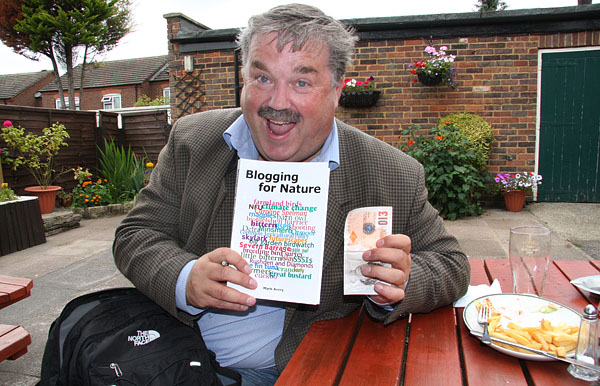
So are Oliver Hardy’s tweets and twitters based on conviction, conservation or naked capitalism? Will he let us know? I don’t know the answer.
The RSPB appears to have an odd view of predator control. In Britain it seems to go silent on the subject. When I was on St Helena recently it was being said that the RSPB was very hot on predator control and with their help the St Helena Plover – the “Wirebird” had been made secure – and what a fantastic bird it is.
But why is the RSPB so silent when it is involved with predator control in Britain. Way back in 2007 I remember reading an RSPB boast. While it was shedding crocodile tears over the decline of Broadland birds –lapwing pairs had fallen by 35%, redshank by 32% and snipe by 94%, at the same time it was praising its own Berney Marshes reserve; lapwing pairs had increased from 12 to 47; redshank had increased by 500% and snipe had increased from two pairs to six.
Silly me – I went rushing straight out to the Berney Marshes reserve expecting a tale of habitat management. Instead I was told a tale of top of the range .22 rifles with night sights – 40 foxes shot in the first year – crows and magpies were being given the same treatment and virtually all the trees had been cut down so that watchful predators had nowhere to perch. In addition all the reeds had been cut to make the area unsuitable for marsh harriers – that’s right – marsh harriers – and to think, I always believed as they were monitored by the RSPB they like other members lived on cucumber sandwiches, not lapwing chicks.
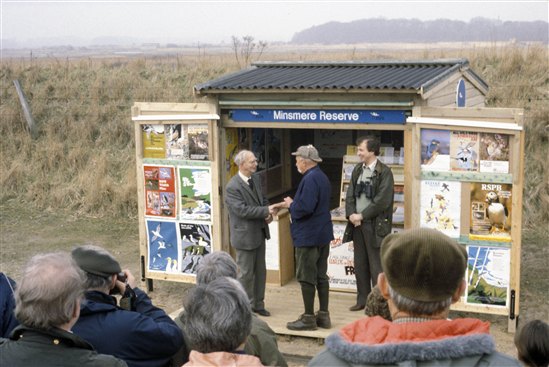
Many years ago before East Anglia had large numbers of marsh harriers I had spent hours watching the first pair back at Minsmere with the Head Warden at the time, the excellent Jeremy Sorensen. Before then Jeremy was the RSPB’s warden at Welney. Under Jeremy with good predator control Black-Tailed Godwits were breeding – and what a spectacular display flight – or more accurately, “plunge” by the males.
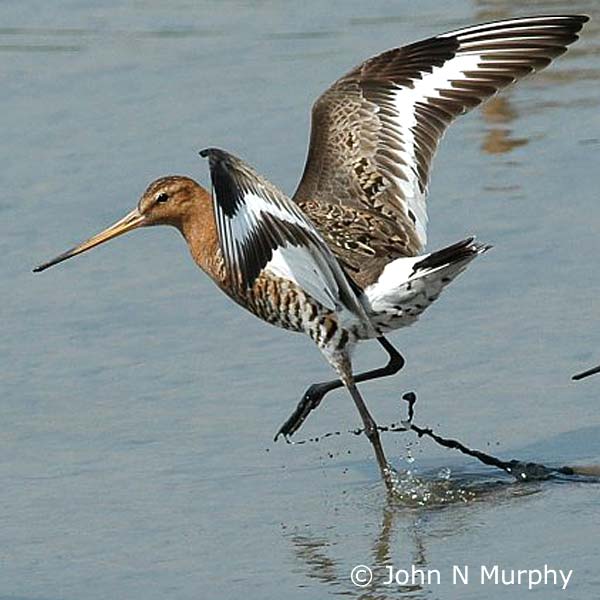
Because of my memories of that, two or three years ago I went to what was one of the most important breeding sites of the Black Tailed Godwit in Britain– the RSPB’s Nene Washes reserve. Sadly I did not see one Godwit – or one corncrake – corncrakes were being re-introduced at the time – but I saw several Marsh Harriers.
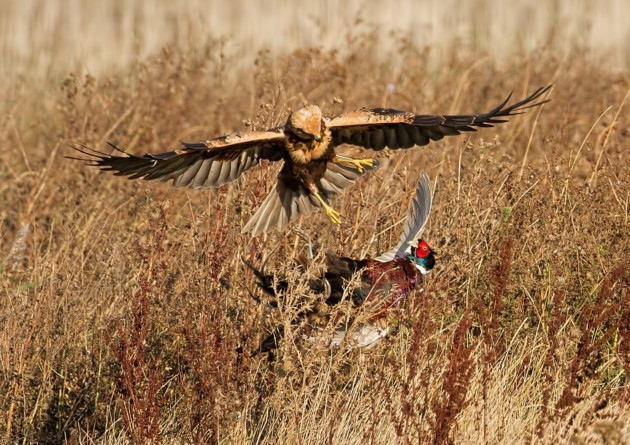
Consequently – as any journalist worth his salt would do I phoned the RSPB wanting to know the number of pairs of Godwits and Harriers and the numbers of nests and fledged young of both species . The press office would not tell me.
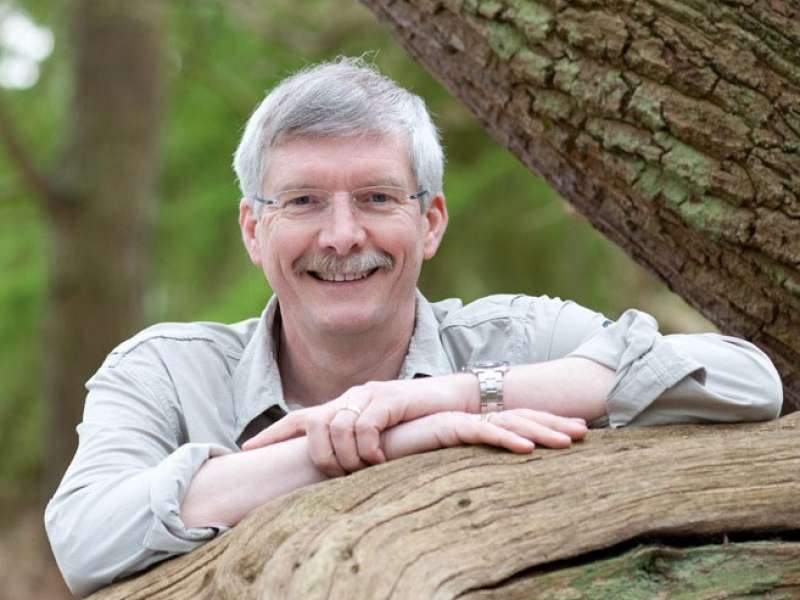
I wrote to Mike Clarke (CEO) by recorded delivery – he did not even acknowledge my enquiry – why not?
If marsh harriers had been stopped breeding at Berney Marshes by the RSPB (was it legal), why couldn’t the same be done at the Nene Washes to save one of the most endangered and beautiful birds in Britain? Now of course, with maximum publicity the RSPB is hatching Godwit eggs and re-introducing the chicks where it is considered to be safe and suitable – this is, in my view “brood management”. And of course with maximum publicity the RSPB will have nothing to do with the brood management of the hen harrier organised by other conservation bodies.
I could go on – the RSPB’s phoney “climate change” to avoid admitting losses to predation; the mismanagement of its heather moors including the RSPB reserve at Geltsdale; the avoidance of conservation problems with badgers; the lack of interest in, or action for red squirrels, and why do some of these real issues not get aired on BBC Television’s Spring watch? Now let me think –

isn’t Chris Packham a Vice President of the RSPB?
